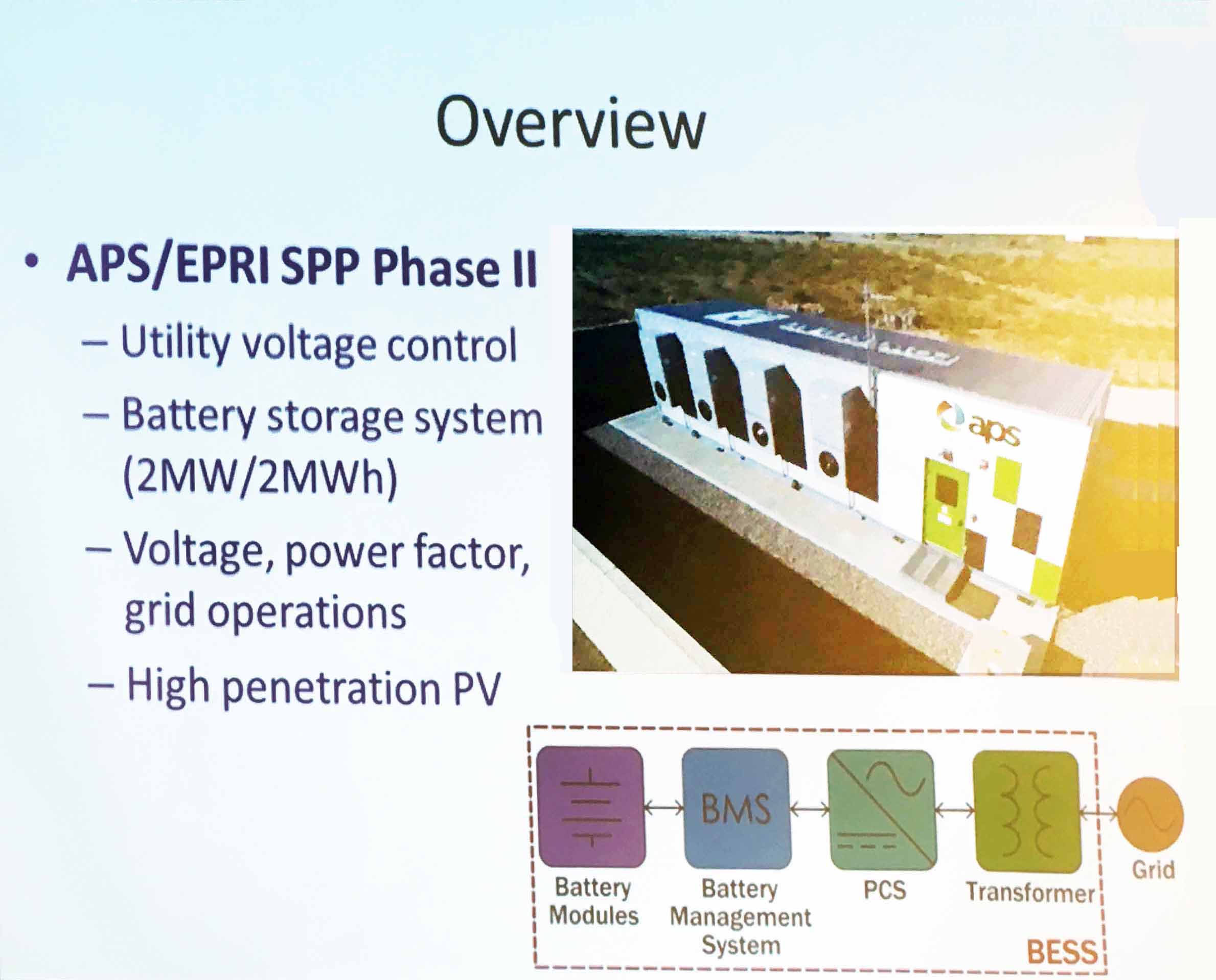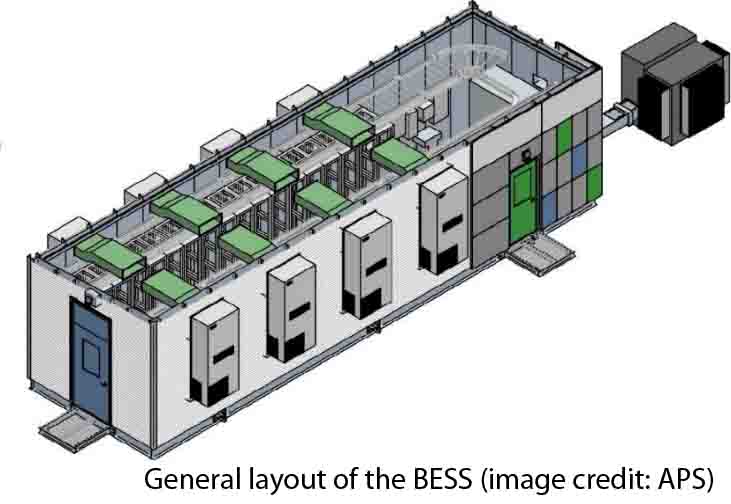Update July 30, 2020
LG Chem Ltd, the manufacturer of the battery cells, disputes some of the findings in the APS Final report. prepared by DNV-GL. LG Chem retained independent experts to Investigate the cause of the failure- experts who directly participated In the many site visits and direct analysis of the evidence. In fact, the Independent experts retained by LG Chem believe that the evidence rules out DNV-GL's theory regarding the cause of the initial thermal runaway event. However, DNV-GL ignored other experts' views and key evidence without any explanation. So to provide a more complete record, LG Chem is submitting to the ACC a report prepared by Exponent, a recognized expert in the relevant subject matter. See the LG Chem Ltd report to the Arizona Corporation Commission
Update July 18, 2020
APS has posted a Final report on the McMicken Battery Energy Storage System Event Technical Analysis and Recommendations. This is a very detailed report, worth a study by those who have a need for safe energy storage. Much of the technical information also applies to batterpes used in electric vehicles and other smaller applications.
The factual conclusions reached in this investigation are as follows:
- The suspected fire was actually an extensive cascading thermal runaway event, initiated by an internal cell failure within one battery cell in the BESS: cell pair 7, module 2, rack 15 (battery 7-2).
- It is believed to a reasonable degree of scientific certainty that this internal failure was caused by an internal cell defect, specifically abnormal Lithium metal deposition and dendritic growth within the cell.
- The total flooding clean agent fire suppression system installed in the BESS operated early in the incident and in accordance with its design. However, clean agent fire suppression systems are designed to extinguish incipient fires in ordinary combustibles. Such systems are not capable of preventing or stopping cascading thermal runaway in a BESS.
- As a result, thermal runaway cascaded and propagated from cell 7-2 through every cell and module in Rack 15, via heat transfer. This propagation was facilitated by the absence of adequate thermal barrier protections between battery cells, which may have stopped or slowed the propagation of thermal runaway.
- The uncontrolled cascading of thermal runaway from cell-to-cell and then module-to-module in Rack 15 led to the production of a large quantity of flammable gases within the BESS. Analysis and modeling from experts in this investigation confirmed that these gases were sufficient to create a flammable atmosphere within the BESS container.
- Approximately three hours after thermal runaway began, the BESS door was opened by firefighters, agitating the remaining flammable gases, and allowing the gases to make contact with a heat source or spark.
There were five main contributing factors that led to the explosion:
- Contributing Factor #1: Internal failure in a battery cell initiated thermal runaway
- Contributing Factor #2: The fire suppression system was incapable of stopping thermal runaway
- Contributing Factor #3: Lack of thermal barriers between cells led to cascading thermal runaway
- Contributing Factor #4: Flammable off-gases concentrated without a means to ventilate
- Contributing Factor #5: Emergency response plan did not have an extinguishing, ventilation, and entry procedure
The full report is available on the APS website: https://www.aps.com/-/media/APS/APSCOM-PDFs/About/Our-Company/Newsroom/McMickenFinalTechnicalReport.ashx?la=en
Original Article
The Fire Department was called about 6 p.m. Friday (4/19/19) about smoke rising from the APS McMicken Energy Storage site. The responding firefighters were evaluating the lithium battery when there was an explosion that left the firefighters with serious chemical and chemical-inhalation burns. One of the firefighters was in critical condition at the Maricopa Medical Center's burn unit in Phoenix and in surgery until 1 a.m. before becoming stable.
This incident illustrates that utility scale battery systems can be very dangerous. Further information is not available as of the posting of this article. As more information becomes available, the Solar Center will provide updated coverage.
The battery system is one of two identical battery systems installed in late 2016 and became operational in early 2017.
There is a good article on these battery systems on the APS website at On Edge of Phoenix, APS Tests the Relationship of Solar and Batteries
The McMicken unit is contained at the head of the feeder in an existing substation.
Note, these are smaller, earlier batteries that those described in our earlier APS battery article: APS announces 'Solar after Sunset" battery storage inititative
Recent APS presentation slide on these systems, still no further incident details.
Still no report as of 7/5/20

Many others have taken note of this fire such as Littleton (NH) fire chief raises concerns about battery energy-storage facility


